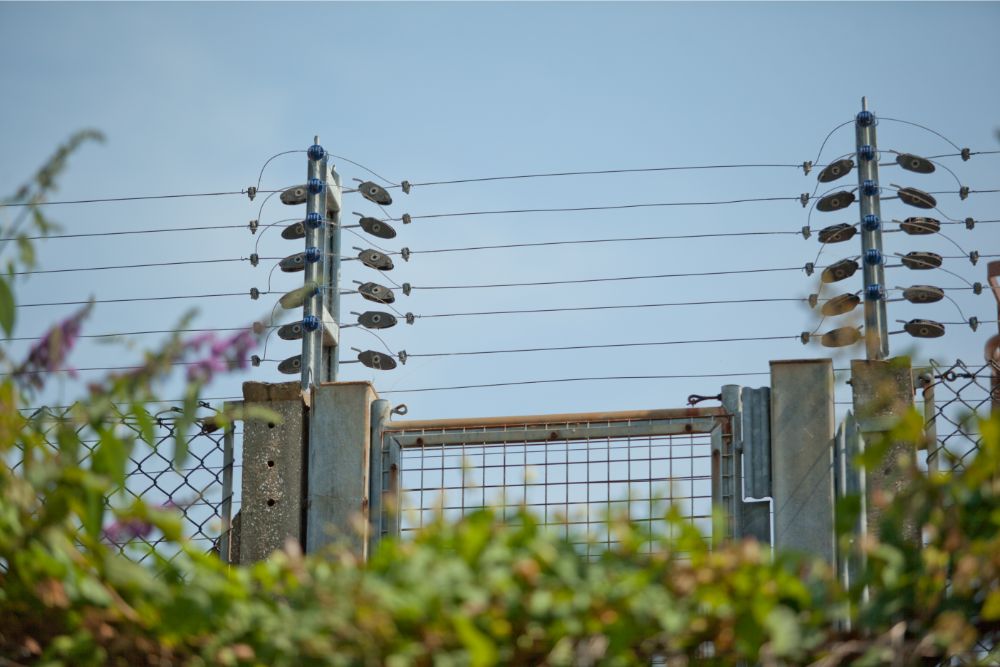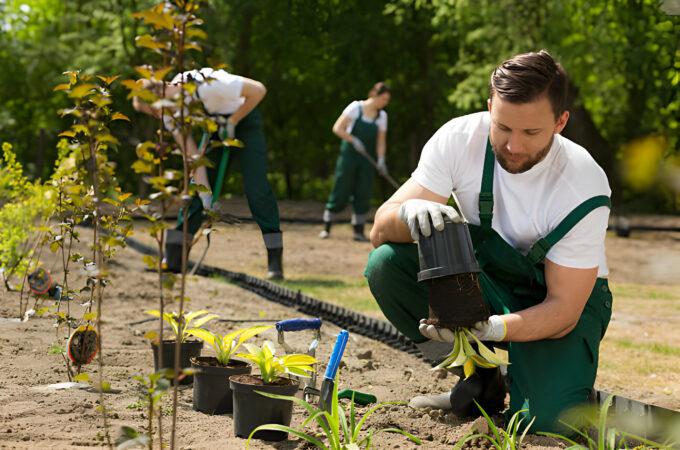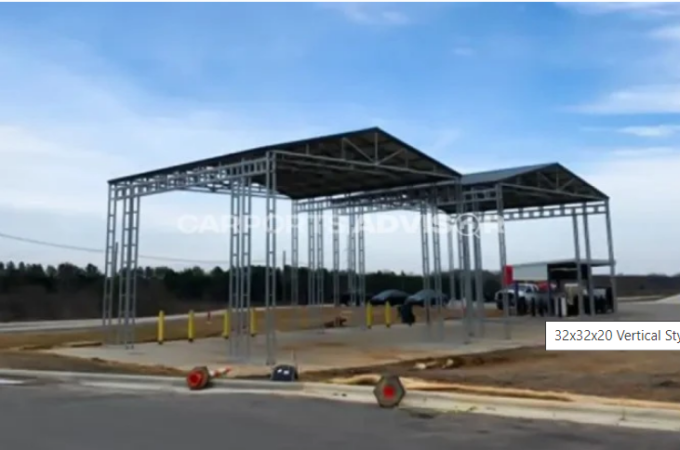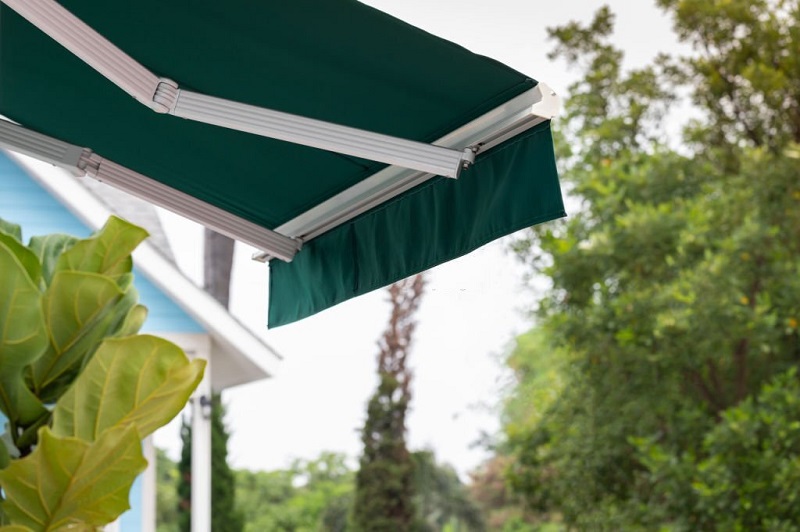
Choosing Sustainable Fencing Products for an Eco-Friendly Home
With a renewed global focus on preserving our environment and combating climate change, sustainability has become a pertinent attribute across countless industries and disciplines—including home design and architecture. One’s dedication to our shared planet doesn’t necessarily stop at composting, recycling, or choosing organic materials for our adorable abode. But have you ever considered the sustainability of the materials that secure the borders of your property? Yes, we’re talking about fencing products.
In this feature, we’ll be diving into the realm of sustainable fencing products. We explore how you can go green with your fencing materials without compromising the aesthetic appeal of your home exterior. In this eco-centric journey through the design files, you’ll discover a whole new fascinating world where style meets sustainability at the corner of every picket.
Homeowners, builders, architects, and design-enthusiasts alike are all placing greater emphasis on making eco-friendly decisions in all aspects of home improvement. This includes the frequently overlooked, yet highly crucial, fencing product. But how to make the sustainable pick? What are the options to consider? And why on earth should it really matter? Let’s find out.
The ‘Why’ of Sustainable Fencing Products
Before exploring the myriad available options, it’s worth probing the reason behind choosing sustainable fencing options. Essentially, consuming responsibly means using the Earth’s resources judiciously, without exhausting them for future generations. Additionally, eco-friendly practices yield several benefits like reduced air pollution, preservation of natural resources, and the satisfaction of playing a part in making the world a better place. It’s time to fence-off our properties without damaging the environment.
Material (Im)Matters – Think Green!
The main materials typically associated with fences are wood, metal, vinyl, and composite. From a sustainability perspective, choice of material significantly affects your fence’s environmental impact. Industrial wood tends to be resource-intensive and chemically treated, while metal processing can generate pollution. Vinyl fences, although durable, consume a lot of non-renewable resources during manufacturing. In contrast, composite materials made from recycled plastic and wood waste tend to represent a more carbon-neutral option.
Eco-Friendly Material Alternatives – What’s Out there?
Luckily, sustainable fencing doesn’t mean compromising on style or durability. From recycled metal to bamboo, sustainable wood to composite alternatives, there’s a wealth of eco-friendly fencing materials waiting to be explored. Earth-friendly materials not only protect the environment but also offer a distinct, beautiful aesthetic to your property exterior, making the switch not just a ‘should-do’, but a ‘must-do.’
The Highs and Lows – Balancing Pros & Cons
As with any home improvement decision, choosing sustainable fencing products also comes with its own sets of benefits and trade-offs. Eco-friendly materials might be pricier at first blush but often prove cost-effective in the long run due to their durability and low maintenance needs. Additionally, sustainable products usually offer more design choices. That said, finding the perfect fitting can sometimes pose a challenge.
From Fence to Maintenance – An Eco-Friendly Journey
The sustainability of a fencing product isn’t solely dependent on its material or production. Maintenance practices also make a significant difference. Opt for natural stains and sealers, tidy up with eco-friendly cleaners, and minimise power wash use to keep your green fence genuinely ‘green.
Influencing Green Choices – An Architect’s Responsibility
Architects have the power to impact clients’ decisions towards more sustainable practices. Their role isn’t just imperative in guiding the aesthetic direction, but also in fostering and encouraging sustainable dialogue. As environmental stewards, architects and designers can continuously push the green boundaries in design and architecture, one fence at a time.
Conclusion
Choosing a sustainable fence for your home isn’t just a trend; it’s an environmental responsibility. It’s about making a choice that honours both our planet and personal aesthetics, mending the gap between style and sustainability. The right choice of fencing material can significantly trim down your carbon footprint while adding a flair of chic, contemporary design to your exterior space. And, who knows? Your green fence might just inspire the next-door neighbour to do the same, creating a ripple effect of positive change. After all, little conscious decisions today can shape a healthier planet for tomorrow. As we encapsulate our homes within sustainable fences, we take one more step into a greener future, nurturing a beautiful, habitable Earth. So, where do you draw your eco-friendly line?




